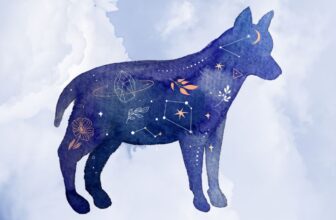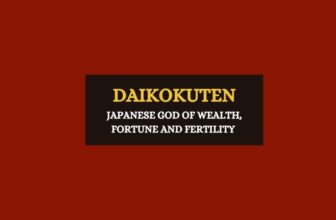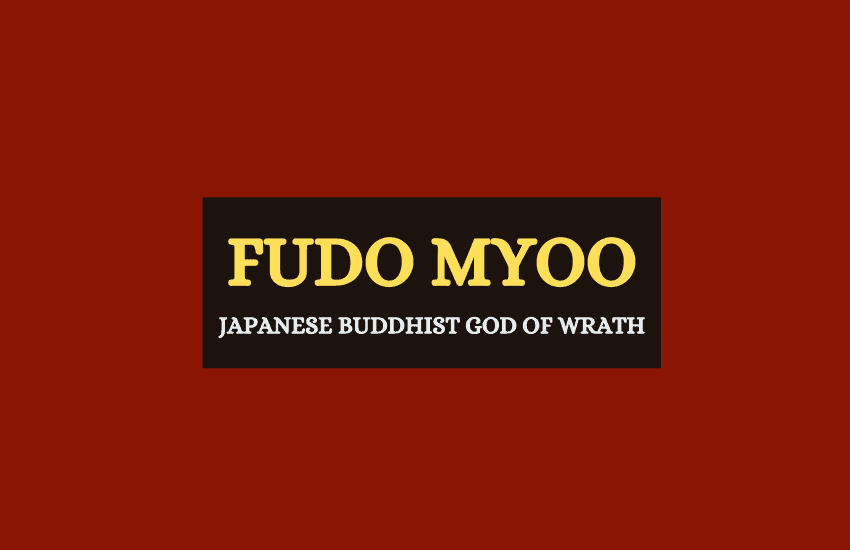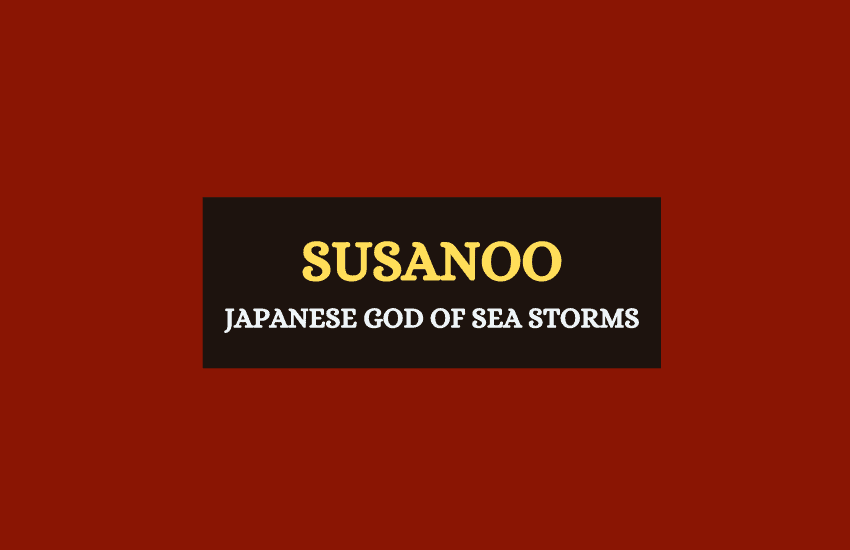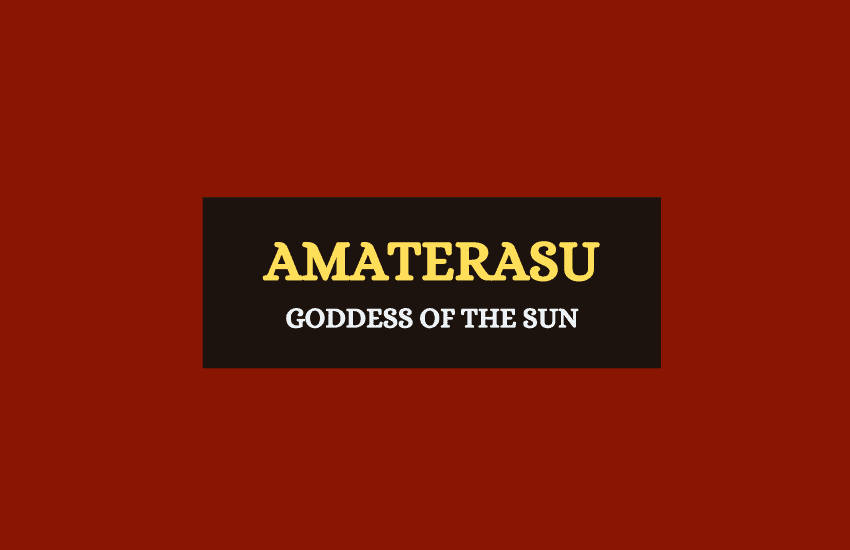
Table of Contents
In Japan, also known as The Land of the Rising Sun, the Sun Goddess Amaterasu is regarded as the Supreme Deity in Shintoism. Viewed as the mother of the royal bloodline of Japan’s emperors, she’s also worshipped as a kami goddess of creation.
Who is Amaterasu?
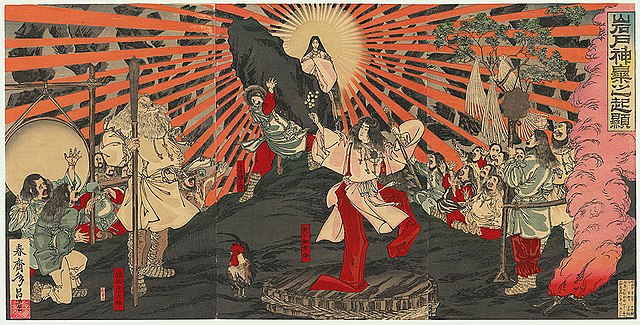
Amaterasu’s name literally translates to Shines From Heaven which is the domain she rules from. She is also called Amaterasu-ōmikami, meaning The Great and Glorious Kami (deity) Who Illuminates from Heaven.
Amaterasu inherited her position as Heaven’s ruler from her father, the Creator Kami Izanagi once he had to retire and guard the entrance to the Underworld Yomi. Amaterasu ruled the Heaven and the Earth justly and with love, and barring a few small incidents, she was and still is doing an excellent job.
Amaterasu represents two of the most treasured personal qualities in Japan – order and purity.
Amaterasu – A Miraculous Birth
Amaterasu was the first-born child of her father Izanagi. The male Creator Kami had previous children with his wife Izanami but after she died and Izanagi locked her vengeful spirit in the Underworld Yomi, he started birthing more kami and people by himself.
The first three were the kami of the sun Amaterasu, the kami of the moon Tsukuyomi, and the kami of sea storms Susanoo. All three of them were born while Izanagi was cleansing himself at a spring after traveling through Underworld. Amaterasu was born first from his left eye, Tsukuyomi came out of his right eye, and the youngest, Susanoo, was born when Izanagi cleansed his nose.
When the Creator God saw his first three children he decided to appoint them as the rulers of Heaven in his stead. He used to rule the heavenly realm with his wife Izanami but now he had to protect the entrance of the Underworld where she was locked. He also had to continue creating more kami and people every day to counterbalance the number of people killed by Izanami. Izanami had vowed to use her own spawn to kill people every day as revenge for Izanagi leaving her in Yomi.
Thus, it fell to Izanagi’s three firstborn children to rule the Heaven and the Earth. Amaterasu wed her brother Tsukuyomi, while Susanoo was appointed the guardian of Heaven.
A Failed Marriage
While both Amaterasu and Tsukuyomi were worshipped and revered in their positions as rulers of Heaven, there was no question that Amaterasu was the chief kami and Tsukuyomi was only her consort. Izanagi’s firstborn shone with her own bright light and represented all that was good and pure in the world while Tsukuyomi, the lunar god, could only reflect her light as best he could.
Both were regarded as kami of order, but Tsukuyomi’s view of order was much stiffer and impractical than Amaterasu’s. The moon deity was such a stickler for the rules of etiquette and tradition. Once he went so far as to murder the kami of food and feasts, Uke Mochi, because at one of her feasts she started producing food from her own orifices and serving it to her guests.
Amaterasu was disgusted at the murder her husband had committed. After that incident, Amaterasu forbade her brother and husband from ever returning to her heavenly realm and effectively divorced him. This, according to Shintoism, is the reason why the moon is constantly chasing the sun across the sky, never able to catch it.
The Quarrel with Susanoo
Tsukuyomi was not the only one who couldn’t live up to Amaterasu’s perfection. Her younger brother Susanoo, the kami of sea and storms, and guardian of Heaven, also frequently clashed with his older sister. The two quarreled so often that at one point Izanagi had to step up and banish his own son from Heaven.
To his credit, Susanoo understood that his impulsive and prideful nature was to blame and he accepted his father’s judgment. Before he left, however, he wanted to say goodbye to his sister and leave on good terms with her. Amaterasu didn’t trust his sincerity, however, which irritated Susanoo.
Susanoo, the storm kami, decided to issue a challenge to his sister in order to prove his honesty – each of the deities was to use the favorite object of the other to birth new kami into the world. Whoever birthed more would win the challenge. Amaterasu accepted and used Susanoo’s sword Totsuka-no-Tsurugi to create three new female kami goddesses. Meanwhile, Susanoo used Amaterasu’s grand jewel necklace Yasakani-no-Magatama to birth five male kami.
However, in a twist of cleverness, Amaterasu claimed that since she had used Susanoo’s sword, the three female kami were actually “his” while the five male kami born from Amaterasu’s necklaces were “hers” – therefore, she had won the contest.
Seeing this as cheating, Susanoo fell into a fit of rage and started destroying everything in his wake. He trashed Amaterasu’s rice field, he slew and started throwing her cattle around, and at one point accidentally killed her handmaiden with one tossed animal.
For this, Susanoo was finally removed from Heaven by Izanagi, but the damage was already done. Amaterasu was both horrified by all the destruction and death and ashamed for her part in all the chaos.
A World Without the Sun
Following her spat with Susanoo, Amaterasu was so distraught that she fled Heaven and hid herself from the world in a cave, now called Ama-no-Iwato or the Heavenly Rock Cave. Once she did that, however, the world was plunged into darkness, as she was its sun.
Thus began the first winter. For a whole year, Amaterasu remained in the cave with many other kami begging her to come out. Amaterasu had locked herself in the cave, however, by placing a border at its entrance, much in the same way her fathr, Izanagi, had blocked his wife Izanami in Yomi.
As Amaterasu’s absence continued, chaos kept creeping through the world in the form of many evil kami. The Shinto deity of wisdom and intelligence Omoikane begged Amaterasu to come out but she still didn’t want to, so he and the other heavenly kami decided to lure her out.
To do that, they decided to throw a grand party right outside the cave’s entrance. Plenty of music, cheers, and dancing illuminated the space around the cave and indeed managed to spark Amaterasu’s curiosity. When the dawn kami Ame-no-Uzume whirled in an especially revealing dance and the noise escalated even more, Amaterasu peaked from behind the boulder.
That’s when Omoikane’s final trick came into play – the kami of wisdom had placed the eight-fold mirror Yata-no-Kagami in front of the cave. When Amaterasu peeked to see Ame-no-Uzume’s dance, the sun kami’s light was reflected in the mirror and caught her attention. Fascinated by the beautiful object, Amaterasu came out of the cave and Omoikane blocked the entrance to the cave once again with the boulder, preventing Amaterasu from hiding in it again.
With the Sun Goddess finally in the open again, light came back to the world and the forces of chaos were pushed back.
Later on, the storm kami Susanoo slew the dragon Orochi and pulled the Kusanagi-no-Tsurugi sword from his body. Then, he returned to heaven to apologize to his sister and gave her the sword as a gift. Amaterasu happily accepted the gift and the two made amends.
After the Sun Goddess came out of the cave she asked her son Ame-no-Oshihomimi to come down to the Earth and rule the people. Her son refused but his son, Amaterasu’s grandson Ninigi, accepted the task and started uniting and ruling Japan. Ninigi’s son, Jimmu, would later become the First Emperor of Japan and rule for 75 years from 660 BC to 585 BC.
Symbolism and Symbols of Amaterasu
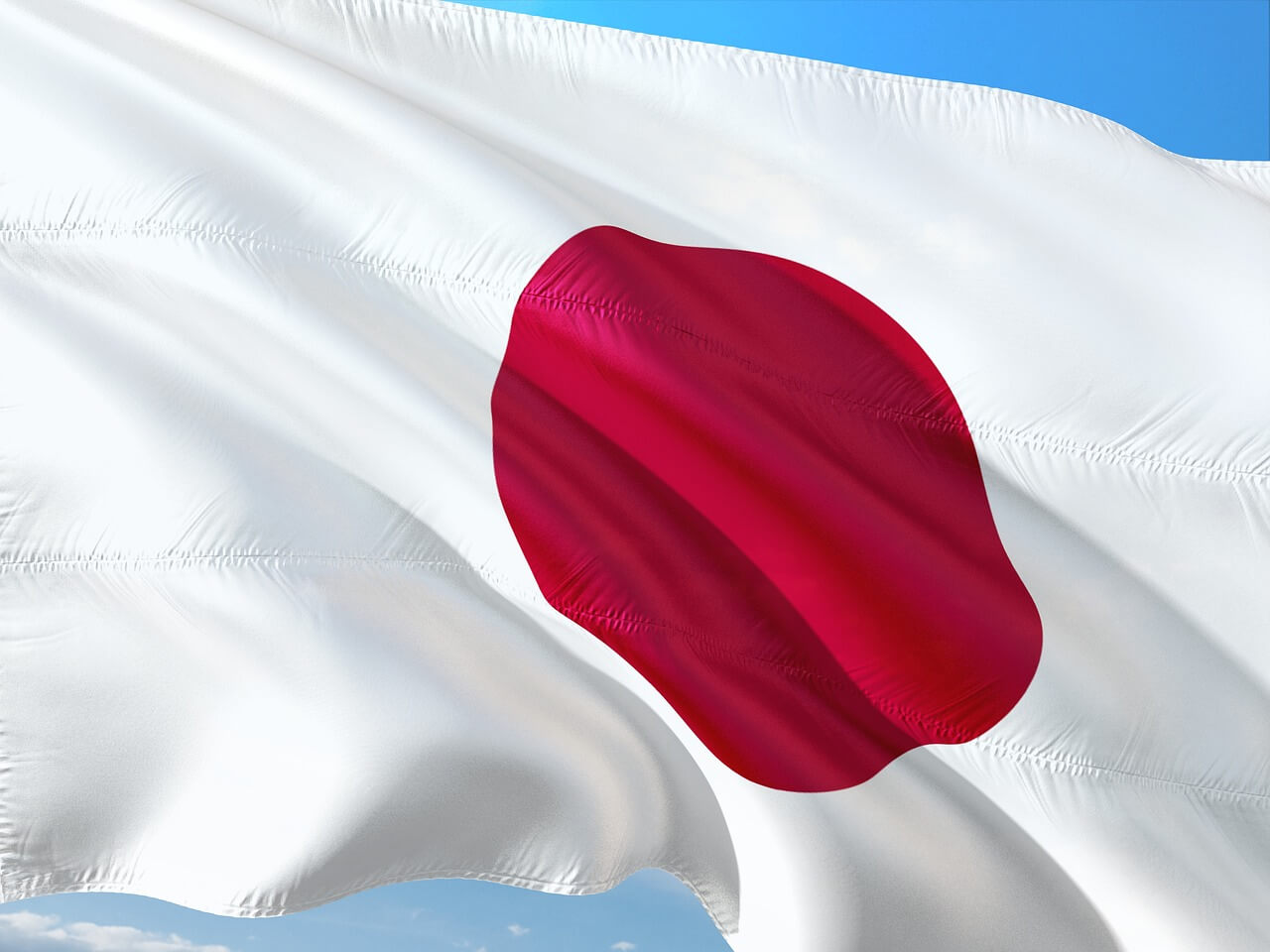
Amaterasu is the personification of the sun and of Japan. She is the ruler of the universe, and the queen of the kami. Even the flag of Japan features a big red sun on a pure white backdrop, symbolizing Amaterasu. In addition to this, Amaterasu represents purity and order.
Even though she’s not the first kami in Shintoism to birth people and other kami, she’s viewed as a Mother goddess of all of mankind. This is especially significant because it’s said that the royal bloodline of the Japanese emperor comes directly from Amaterasu. This gives the Japanese royal family the divine right to rule.

Ninigi also brought Amaterasu’s three most prized possessions to Japan. These are her most significant symbols:
- Yata-no-Kagami – this was the mirror used to entice Amaterasu from the cave where she hid. The mirror symbolizes knowledge and wisdom.
- Yasakani-no-Magatama – also known as the Grand Jewel, this was a jeweled necklace was a traditional style common in ancient Japan. The necklace signifies wealth and prosperity.
- Kusanagi-no-Tsurugi – this sword, which had been given to Amaterasu by her brother Susanoo represents force, strength and power.
To this day, all three of these artifacts are still preserved in Amaterasu’s Ise Grand Shrine, and are known as the Three Sacred Treasures. They are regarded as Japan’s Imperial Regalia and symbolize the divinity of the royal family. Together, they represent power, the right to rule, divine authority and royalty.
As the kami goddess of the sun, Amaterasu is very much beloved in Japan. Even though Shintoism hasn’t been the official state religion of the country since World War II, as other religions such as Buddhism, Hinduism, and even Christianity became a part of the religious landscape, Amaterasu is still viewed very positively by all Japanese people.
Importance of Amaterasu in Modern Culture
As the grand kami of Japanese Shintoism, Amaterasu has inspired countless pieces of art throughout the ages. In more recent years, she has also been frequently portrayed in Japanese manga, anime, and video games.
- Some of the more famous portrayals include the famous card game Yu-Gi-Oh! where she’s one of the most powerful cards, and the manga and anime series Naruto, where Amaterasu is a powerful Jutsu who burns her victims into nothingness.
- Amaterasu is also a part of the popular PC MMORPG game Smite where she is a playable character, and the famous manga Urusei Yatsura which tells a satirical version of the cave story.
- The sun kami is also shown in the video game series Ōkami, where she is banished to the Earth and takes the form of a white wolf. That peculiar form of the sun kami is also seen in other recent adaptations such as Marvel vs. Capcom 3.
- Amaterasu is even featured in the U.S. sci-fi TV series Stargate SG-1 which portrays the deities of different religions as evil space parasites called Goa’uld that infect people and pose as gods. Interestingly enough, Amaterasu there is shown as one of the few positive Goa’uld who even tries to break peace with the protagonists.
Amaterasu Facts
Amaterasu is the goddess of the sun.
Amaterasu marries her brother Tsukuyomi, the lunar god. Their marriage represents the relationship between the sun and the moon.
Amaterasu was born in miraculous circumstances, from the nose of Izanagi.
Amaterasu’s son is Ama-no-Oshihomimi who is significant because it’s his son who becomes the first emperor of Japan.
Amaterasu holds three prized possessions which are her mirror, sword and jeweled necklace. These are the official regalia of the Japanese royal family today.
Amaterasu embodies the sun, and symbolizes purity, order, and authority.
Wrapping Up
Amaterasu is the glorious deity of Japanese mythology, and among the most important of all the Japanese gods. Not only is she the ruler of the universe, but she’s also the queen of the kami and the mother of mortals.




